How counting nanoplastics can help clean up the environment
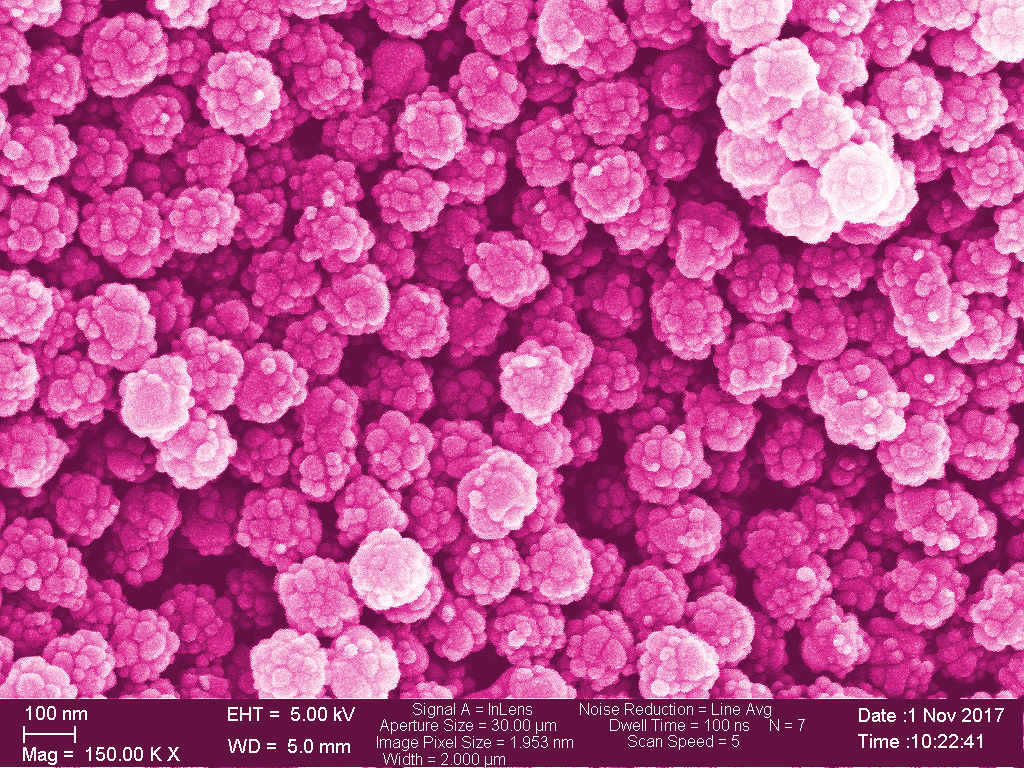
American researcher Denise Mitrano has been honoured by the Swiss National Science Foundation for her work on micro- and nanoplastics in the environment. Her new tracking method could indirectly help to reduce plastic pollution.
How much plastic is in the water and food we consume everyday? That’s the first question I ask Denise Mitrano during a meeting in her office at the Swiss Federal Institute of Technology Zurich (ETH Zurich). I expect an answer along the lines of “a lot” or “too much.” But the reality is more complex.
“Before we can say how much plastic is in a glass or on a plate, we need to be able to measure it,” says the geochemist and assistant professor. “Plastic particles can be extremely small in size and escape current analytical tools.”
Switzerland has fewer women scientists than other European countries. The percentage of female professors is 23% and is even lower in the natural and technical sciences.
The Covid-19 pandemic seems to have further limited women’s scientific work: a Swiss research team recently analysed thousands of studies published between January 1, 2018 and May 31, 2021. This analysis found that, during the first wave of the pandemic, women were listed less often as lead authors than in previous years. According to the research authors, one possible explanation is that female researchers struggled to balance work and family during lockdown periods and therefore published fewer articles than their male counterparts.
An innovative tracking method could now open new avenues. The procedure developed by Mitrano makes it possible to track how micro- and nanoplastics – fragments of a few millionths of a millimeter – spread through water, soil and living organisms.
“I’ve always wanted to find solutions to problems,” she says, referring to her previous research. “I was inspired by methods I’ve developed to measure metal nanoparticles.”

Plastics in wheat
Mitrano’s solution involves chemically adding metals to plastic nanoparticles. These are precious and inert metals, such as palladium or indium, which act as markers. This means that the nanoparticles become visible. “The advantage is that they [the metals] can be measured much more accurately and quickly than plastic.”
The process was applied to study the effectiveness of a sewage treatment plant in removing microscopic plastic particles in water. “The good news is that more than 95% of nanoplastics and microplastic fibers are removed,” says Mitrano.
However, this does not solve the problem of plastic pollution. “Nanoplastics accumulate in sewage sludge,” the scientist points out. “In Switzerland they are incinerated, but in other countries they are used to fertilise fields.”
Mitrano also analysed whether a drinking water treatment station can purify water contaminated with nanoplastics. For this, she recreated some of the purification stages used at Zurich’s plant. “Slow filtration using sand filters proved particularly effective,” she says.
In another experiment, she studied how wheat plants in hydroponic (above-ground) crops absorb plastic. The nanoplastics reached the leaves, and the plants responded by increasing the amount of carbohydrates in the roots. “It’s a defense mechanism,” says Mitrano. “However, we did not observe a decrease in chlorophyll production or toxic effects on cells, even at high doses of plastic.”
One credit card a week
About 80% of microplastics come from the degradation of larger pieces of plastic already in the environment, such as bags, bottles, fishing nets and plastic films used in agriculture and construction. The remaining 20% is released directly into nature, for example through tire abrasion, clothes-washing or the use of cosmetics.
The Swiss Federal Laboratories for Materials Science and Technology (Empa) estimates that about 615 tonnes of microplastics end up in soil and water every year in Switzerland. Traces of plastic residues have been detected in large lakes and lowland rivers, as well as in glacier meltwater and Alpine streams.
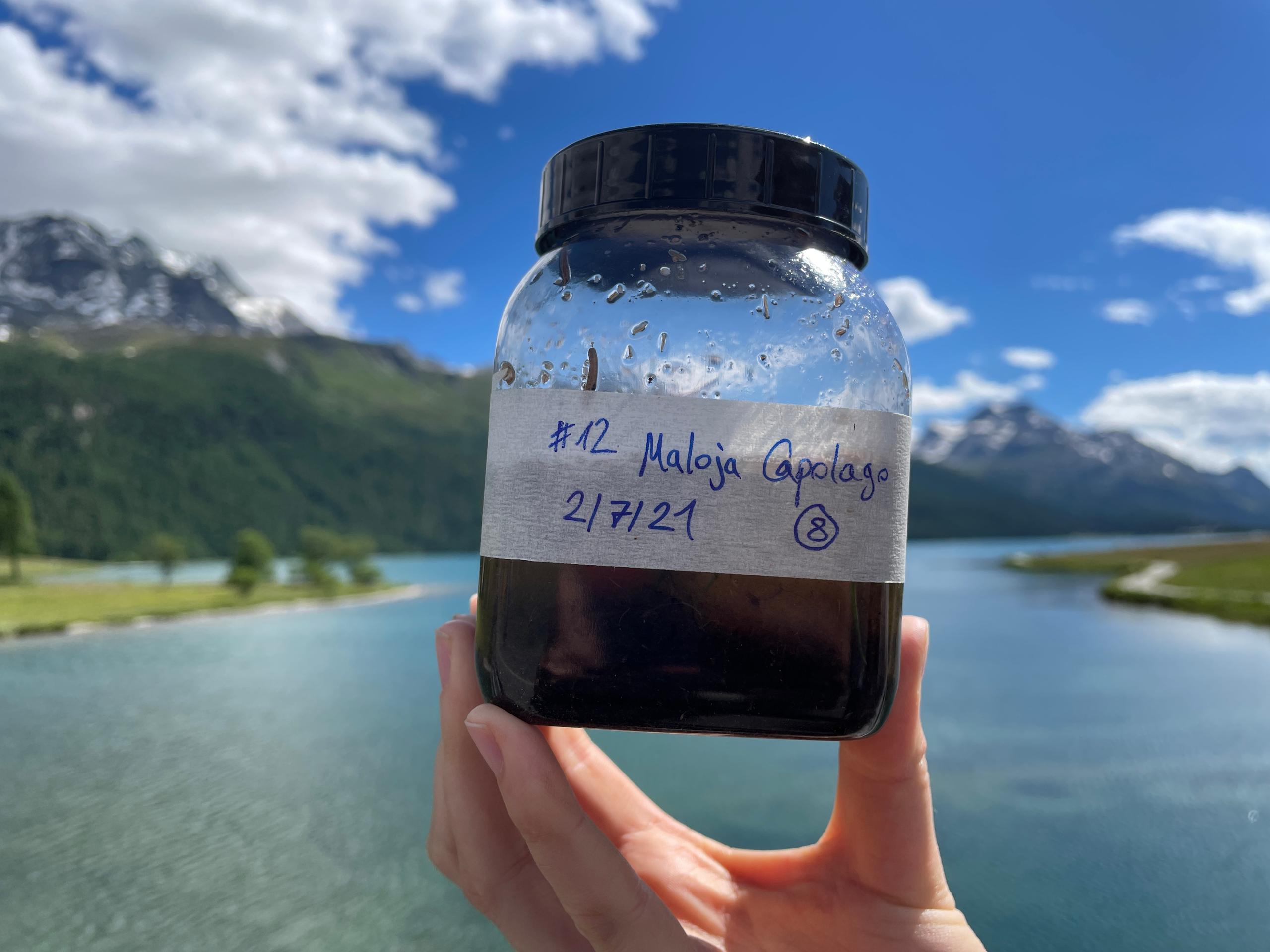
More
Swiss students on the hunt for microplastics in the Alps
From the environment, plastic lands on our tables. Every week we ingest an average of five grams of plastic, the equivalent of the weight of a credit card, according to estimates from a 2019 studyExternal link by the Australian University of Newcastle that was commissioned by the World Wildlife Fund (WWF). The largest amount of plastic particles are taken in through consumption of bottled water, shellfish, beer and salt.
Although there is no scientific evidence yet, microplastics could potentially harm human health. “We know that plastic is a persistent material and that it is scattered throughout numerous ecosystems. Otherwise, there are still many unknowns,” says Mitrano.
Indeed, there are various types of plastics, each with its own characteristics. In addition, manufacturers add additives, stabilisers and other chemicals to plastics. Mitrano emphasises that it is necessary to determine which aspects of plastic pollution are toxic to humans and natural habitats, and what the other consequences for the environment may be.
Award for outstanding research
The new method developed by Mitrano will help to reduce plastic pollution, at least indirectly. “It’s always a question of costs and benefits, but if we can show the farmer that the plastic film he uses in the fields has a strong negative impact, he will perhaps opt for biodegradable materials,” she says.
Science, she adds, can also provide guidance to industry on which materials are most problematic, so that companies can find alternatives.
Mitrano was awarded the 2021 Marie Heim-Vögtlin PrizeExternal link for her work on microplastics. The Swiss National Science Foundation award, endowed with CHF 25,000 ($27,000), is given annually to young women researchers for “outstanding research performance.”
“I didn’t expect this,” says Mitrano. “It’s a great honour.”
“The award demonstrates the importance of this research and is an opportunity to promote the position of women in science.”
Denise Mitrano
Denis Mitrano was born in New Hampshire, United States. She earned her PhD in geochemistry at the Colorado School of Mines and moved to Switzerland in 2013. She has worked at the Swiss Federal Laboratories for Materials Science and Technology (Empa) and at the Swiss Federal Institute of Aquatic Science and Technology (Eawag), where she began working on micro- and nanoplastics. Since 2020, Denise Mitrano has been an assistant professor of environmental chemistry of anthropogenic materials at ETH Zurich.
Translated from Italian

In compliance with the JTI standards
More: SWI swissinfo.ch certified by the Journalism Trust Initiative


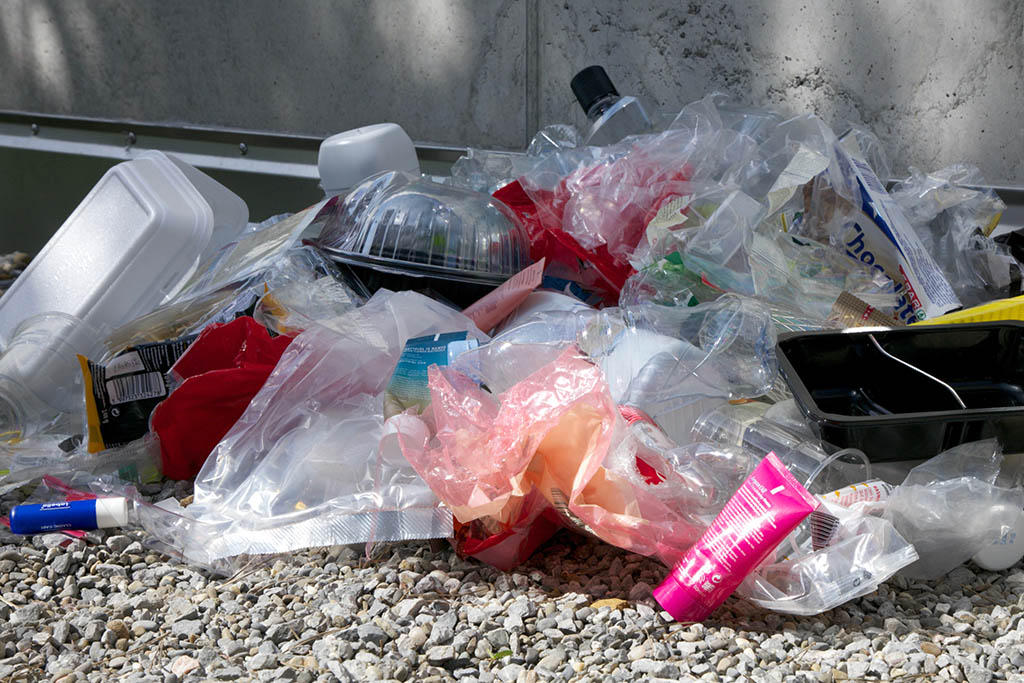
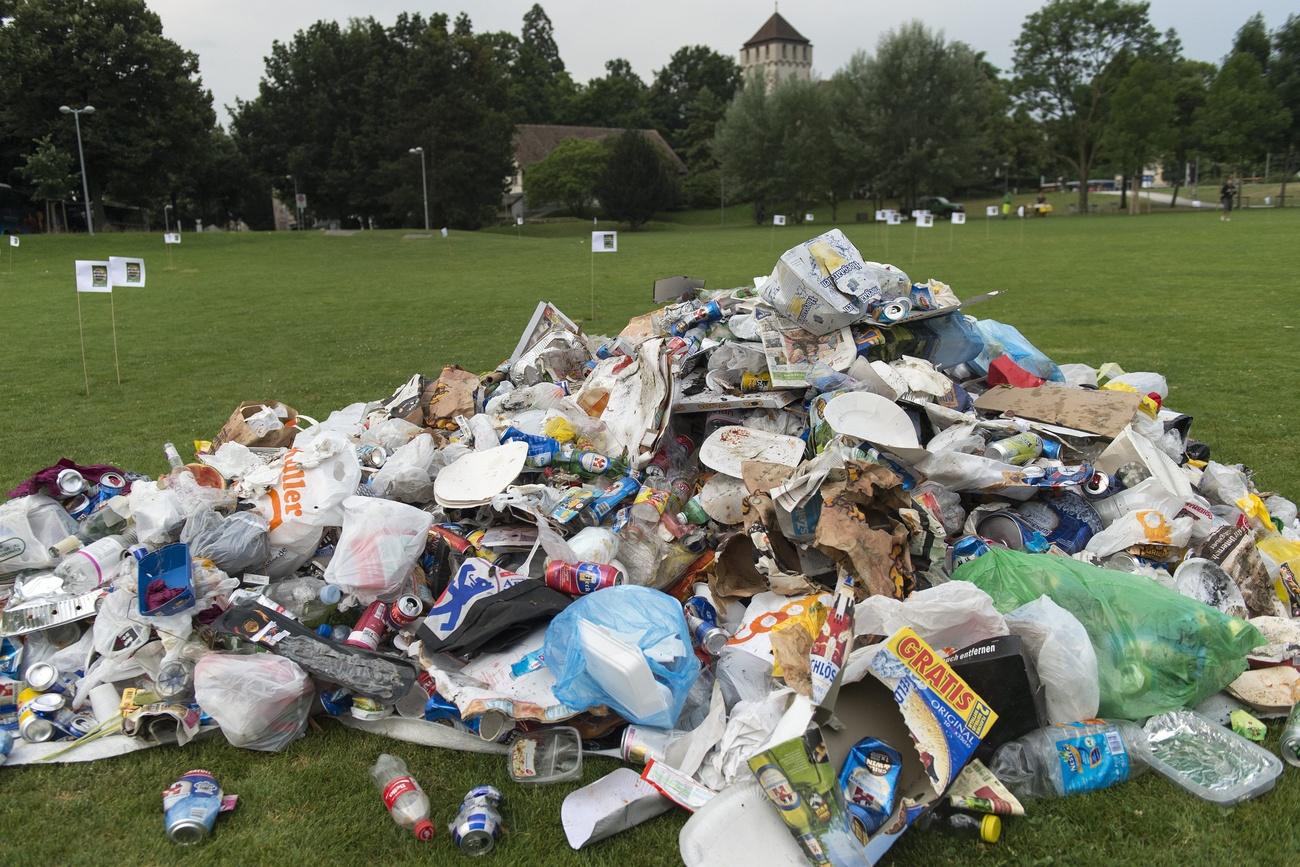
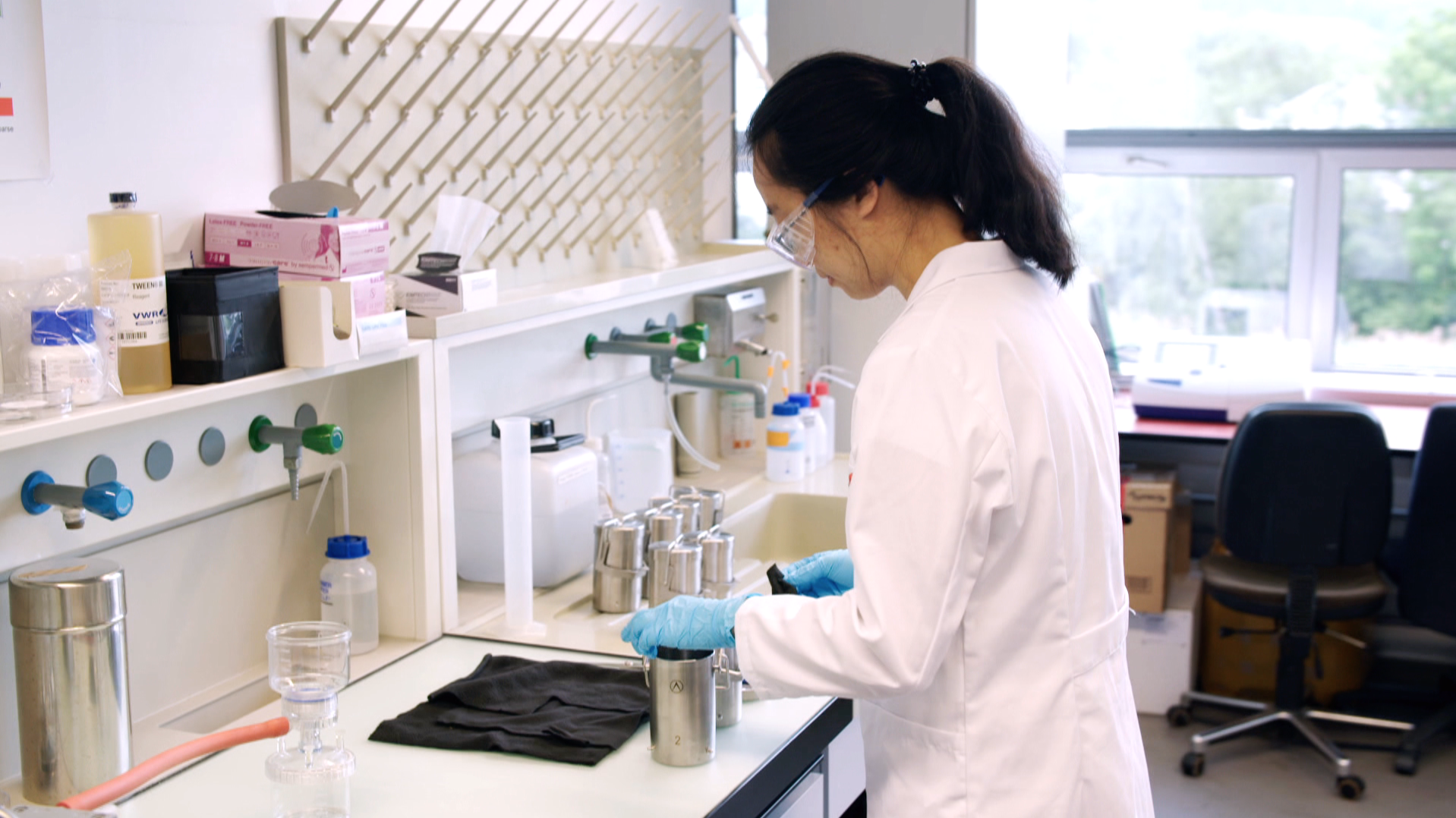
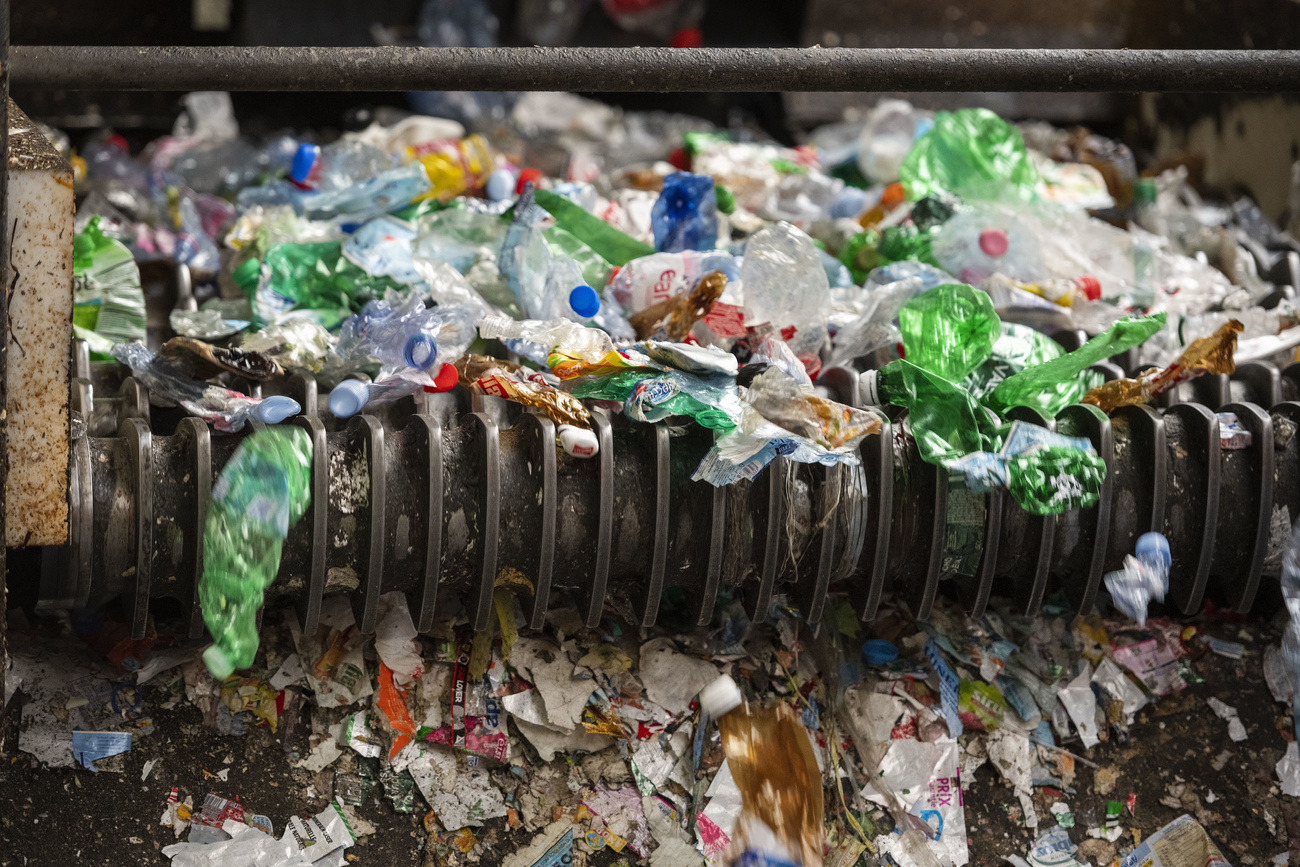
You can find an overview of ongoing debates with our journalists here. Please join us!
If you want to start a conversation about a topic raised in this article or want to report factual errors, email us at english@swissinfo.ch.